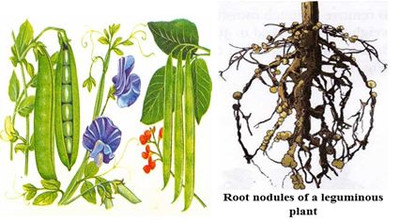| Home » Articles » LESSON NOTES (Social Studies) » Upper Primary |
AGRICULTURE 2
Part 2
AGRICULTURE
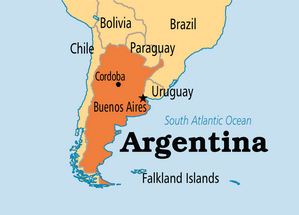 MAIZE GROWING IN TANZANIA AND ARGENTINA Maize is the staple crop in most parts of the world, many people rely on it as the primary source of food, maize is used also as food to animals. Maize produced in Argentina is mainly used for feeding animals such as cattle, pigs, sheep, horses and poultry. RICE GROWING IN TANZANIA AND CHINA. Tanzania Rice is one of the staple food, and it is very important as a source of food, rice needs heavy rainfall over 1500 mm per year and hot climate. Rice is grown in river valleys. In Tanzania , rice is grown in Kilombero, Wami valley, Kilosa, Ulanga, Mbeya, Rufiji river basin, Usangu plains, Morogoro, Shinyanga and Iringa. Rice produced in Tanzania is mainly consumed within the country. China China is the country found in the continent of Asia. The capital city of China is Beijing. 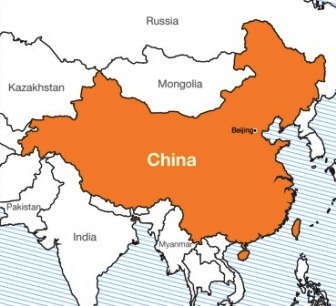 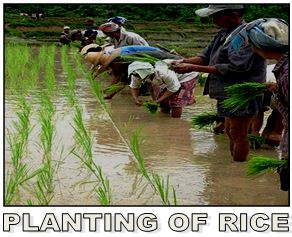 MODERN AGRICULTURAL TECHNOLOGIES USED IN CHINA AND GHANA.
-Tractors are used -Seeds are planted by machines -Farmers use combine harvesters, this is a machine that harvests grain crops. -Irrigation scheme is used example construction of Akasombo Dam on the river Volta in Ghana enhanced the use of irrigation in the country -The use of chemical fertilizers and pesticides is practiced in China and Ghana. NEGATIVE EFFECTS OF AGRICULTURAL ACTIVITIES -Chemical fertilizers can run-off into water in rivers , streams and lakes hence water pollution. -Air pollution due to burning of vegetation for preparing farms for agriculture. -Water sources are destroyed. METHODS OF MANAGING NEGATIVE EFFECTS OF AGRICULTURE.
-farmers should practice contour ploughing. This is called terracing system which helps in soil and water conservationterracing means ploughing on a slope by breaking it into many step-like benches which are almost flat. This prevents rainwater from causing erosion of topsoil. 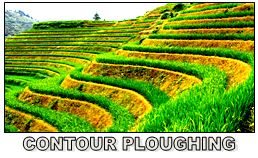 -Crop rotation should be adopted. This is growing crops of different types in the same area. This will maintain soil fertility -Land fallowing system should be adopted -Farmers should be discouraged to use excessive chemical fertilizers. They must use natural fertilizers such as compost manure and animal manure. -Leguminous plant like beans, groundnuts should be planted together with other crops. These plants contain roots that have ability to add nutrients to the soil. *********** END OF PART TWO *********** Feel free to ask or comment down here: Thanks  ********* Mr. Yahya M (Badshah ) ******** Part 1 (Agriculture Introduction). ****NTGE160206ES***** | |
| Views: 939 | | |
| Total comments: 0 | |
